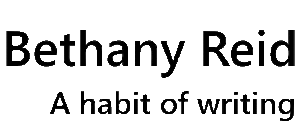Gift Ideas for Writers
 I got this idea from Jennifer K’s blog, which I follow. She has five great ideas. I’ll add a couple more.
I got this idea from Jennifer K’s blog, which I follow. She has five great ideas. I’ll add a couple more.
My top gift ideas for writers?
1. Housecleaning! Because how can I justify sitting here, writing, when my house is so dusty? When it badly needs vacuumed? The kitchen! The bathrooms!
2. Another book. Okay, you already know that I would spend my last dollar on a book. In part, it’s avoidance, one of my escape hatches from writing. But there are a number of books that every writer really should have in her arsenal. I won’t try to do justice to this, but for a personal recommendation–if your giftee is writing a novel–I recommend The Plot Whisperer by Martha Alderson. I’ve read this book twice, but I’m not recommending it in order to straighten out a plot, but for the thinking Alderson has done around how the energy in stories work, and how to drive that energy better.

 too.
too.
4. Finally, there’s always Sparrow. (Smiley face here.) Available from Amazon. I believe there are copies at Edmonds Bookshop and Village Books in Bellingham, if you want to buy locally.



 “Anybody who has survived his childhood has enough information about life to last him the rest of his days.” ―
“Anybody who has survived his childhood has enough information about life to last him the rest of his days.” ― 
